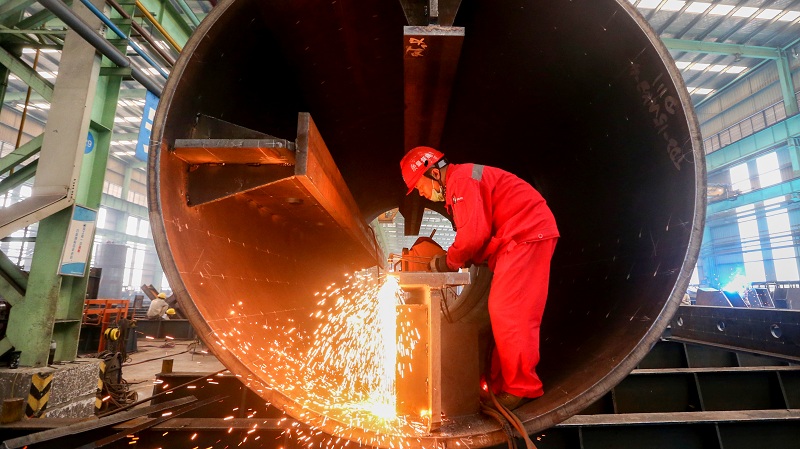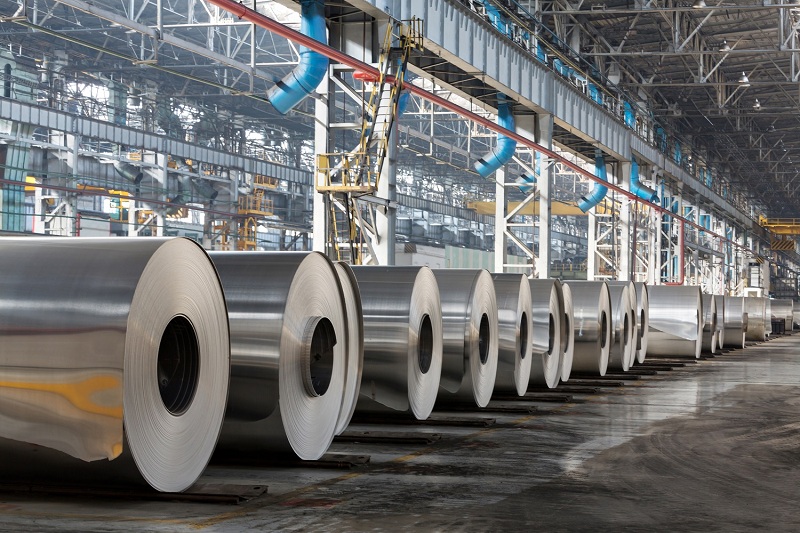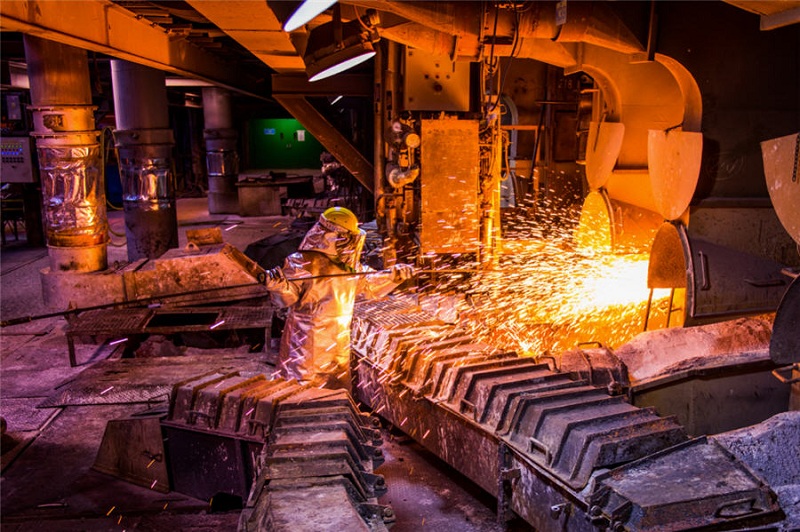
1. Development status of China's steel and stainless steel industry
The overall development of China's iron and steel industry can be divided into two periods of quantity and high quality. The development of China's iron and steel industry is more specifically divided into five stages: growth, reduction, accelerated restructuring, strengthening environmental protection, and low-carbon development. At present, China's iron and steel industry is already in the historical stage of reducing production, accelerating restructuring, and strengthening environmental protection, and is evolving towards a high-quality and low-carbon stage.

Focusing on the development status of China's stainless steel industry, it mainly presents six characteristics. First, the output of stainless steel in China has grown rapidly and currently ranks first in the world. Second, China's stainless steel consumption continues to grow, and the distribution of stainless steel consumption in mainland China is uneven, mainly concentrated in the coastal areas. Third, the import and export of stainless steel in China maintained an overall growth trend. Fourth, China's stainless steel production capacity is relatively concentrated, mainly in East China and South Central. Fifth, China's stainless steel industry has a high degree of concentration. Sixth, the structure of China's stainless steel products is still dominated by 200 series and 300 series, and the proportion of 400 series needs to be improved.

2. Opportunities and challenges facing the development of China's stainless steel industry
At present, China's stainless steel industry is ushering in new opportunities for development. On the one hand, China's stainless steel consumption will maintain rapid growth and the consumption structure will continue to be optimized. Under the urgent requirement of the country to vigorously develop a low-carbon economy, stainless steel will partially replace other materials in traditional fields. Therefore its low-carbon emissions throughout its life cycle. On the other hand, with the upgrading of consumption, green and low-carbon development and new infrastructure construction, the transformation and development of downstream industries, especially the traditional manufacturing industry, will bring broad development space for China's stainless steel industry.
Challenges and opportunities exist at the same time. At this stage, China's stainless steel industry still needs to deal with a series of challenges. There are mainly including: a serious shortage of stainless steel raw material resources such as nickel and chromium; a shortage of stainless steel scrap resources and a relatively low utilization rate. The competition in the stainless steel industry is further intensified, and the survival of enterprises with no outstanding features and imperfect downstream industrial chain construction will face huge challenges.

3. Key directions for high-quality development of China's stainless steel industry
Looking forward to the future, the high-quality development of China's stainless steel industry will focus on three directions. One is to enhance the ability to control mineral resources. The development of domestic resources should be encouraged, the source of alloy ore imports should be expanded, and the construction of overseas bases should be promoted. The second is to vigorously promote independent innovation. We should form a strong joint force to overcome core technologies through independent innovation, speed up filling domestic gaps, and improve key material support capabilities. It is necessary to establish a diversified scientific research investment mechanism, strengthen the dominant position of enterprises, actively create an innovation ecology, and stimulate the vitality of talents through the reform of the income system. The third is to promote low-carbon development in an orderly manner. The low-carbon policy should be firmly implemented, and the path of "carbon peaking and carbon neutrality" should be planned early; energy management and control in the whole process should be strengthened, energy conservation and energy efficiency levels should be improved; energy use and process structure should be optimized, and the proportion of non-fossil energy should be increased; a circular economy industry chain should be created, Promote the low-carbon development of the entire industrial chain; adjust the product structure to guide the consumption of green low-carbon high-end steel; apply breakthrough low-carbon smelting technology and CCS/CCUS.
Modern Die Technology of Motor Stator and Rotor Iron Core
2023-03-15Everything You Need to Know About Transformer Cores (The Basics!)
2023-01-09South African Miners Rush to Transport Metals
2021-01-26Material Selection and Manufacturing Process Optimization for Low-Noise Cores
2025-01-07The role of stainless steel in offshore applications
2024-04-18New energy automobiles and high-strength non-oriented silicon steel
2023-01-06






